I. Understanding the Basics of Tube and Pipe Manufacturing
The foundation of tube and pipe manufacturing encompasses a wide array of processes, materials, and applications essential to countless industries. At its core, this manufacturing sector specializes in producing cylindrical components vital for everything from industrial applications to domestic plumbing systems. Here, we delve into the types of tubes and pipes, and the pivotal distinctions between welded and seamless production methods.
A. Types of Tubes and Pipes
Tubes and pipes are categorized based on their manufacturing process, material composition, and intended application. They can be broadly classified into:
Seamless pipes: Produced through a process that ensures the pipe lacks a welded seam. This method involves hot rolling, cold drawing, or extrusion. Pipes manufactured according to ASME SA269 specifications are an example of seamless pipes used in applications requiring high corrosion resistance and durability.
Welded tubing: Created by forming and welding the material. This category includes Electric Resistance Welded (ERW) and Spiral Welded pipes, suitable for high-pressure applications. Welded tubes conforming to ASME SA249 standards are often utilized in heat exchanger systems and various high-temperature environments.
Materials used range from carbon steel to alloy materials, stainless steel, and even composite materials, each selected based on the pipe's required characteristics like corrosion resistance and ductility. For instance, pipes made to the ASME SB622 standard are known for their exceptional high-temperature strength and corrosion resistance, making them suitable for the chemical processing industry.
B. Welded vs. Seamless Production
The choice between welded and seamless pipes hinges on the application's specific requirements, including strength, pressure, and the need for uniformity.
Welded Pipes: Typically preferred for their cost-effectiveness and efficiency in large-scale projects. These pipes are prominent in water supply systems, chemical processing, and structural applications. Pipes that adhere to the SB 111 C71500 specification are examples of welded pipes used in applications demanding excellent resistance to corrosion and biofouling.
Seamless Pipes: Sought after for their strength and ability to withstand high pressure. They are ideal for oil and gas industry applications, aerospace, and automotive exhaust systems. The ASME SB338 specification is frequently referenced for seamless pipes in these sectors, offering superior strength-to-weight ratios and corrosion resistance.
Comparison of Welded and Seamless Pipes
| Feature | Welded Pipes | Seamless Pipes |
|---|
| Strength | High | Higher |
| Cost | Lower | Higher |
| Manufacturing Speed | Faster | Slower |
| Application | Structural, Water Systems | High Pressure, Aerospace |
Understanding these basics is crucial for anyone involved in pipeline construction, automotive manufacturing, or even domestic plumbing. The choice of material and manufacturing process directly impacts the pipe's performance in its intended application, highlighting the importance of this foundational knowledge in tube and pipe manufacturing.
II. The Manufacturing Process of Steel Tubing
The manufacturing process of steel tubing is a complex series of steps that transform raw materials into the essential components used across various industries, from construction to automotive and oil and gas sectors. This section explores the intricate journey from raw steel to finished tubes and pipes, focusing on welded and seamless production methods, as well as the impact of material selection on the final product's application and performance.
Raw Material Preparation
Steel tubes and pipes are primarily made from steel, an alloy consisting of iron with carbon, manganese, and other elements to enhance its properties like strength and corrosion resistance. The first step in tube manufacturing is preparing these raw materials, which involves:
Melting and mixing the alloy components in a furnace.
Casting the molten steel into initial forms such as ingots, blooms, slabs, or billets depending on the desired end product.
Welded vs. Seamless Pipes
The next stage diverges into two primary processes, each with its specific applications and benefits:
Welded Pipes
Forming: Steel sheets or plates are rolled into cylindrical shapes. The edges are then aligned for welding.
Welding: The edges are welded together using high-frequency welding, Electric Resistance Welding (ERW), or submerged arc welding to form a pipe.
Finishing: Includes cutting to length, end finishing, and surface treatment to enhance corrosion resistance.
Welded pipes are widely used for structural purposes, in water and gas pipelines, and in low-pressure applications due to their cost-effectiveness and versatility in sizes and shapes.
Seamless Pipes
Piercing: A solid billet is heated and pierced to create a hollow tube.
Rolling and Sizing: The hollow tube is then rolled to the desired thickness and diameter, often using a Mannesmann Plug Mill process for high precision.
Heat Treatment: This step improves the mechanical properties of the steel, such as its toughness and strength.
Seamless pipes are preferred for high-pressure applications, chemical processing, and oil and gas exploration due to their strength and ability to withstand high stress without the risk of seam failures.
Table: Key Differences Between Welded and Seamless Pipes
| Criteria | Welded Pipes | Seamless Pipes |
|---|
| Manufacturing Time | Less time-consuming | More time-consuming |
| Cost | Generally lower | Higher due to complex production |
| Strength and Pressure | Suitable for lower-pressure | Higher strength and pressure tolerance |
| Size and Shape Flexibility | High flexibility in sizes and shapes | Limited to the size of the starting billet |
Material Selection and Its Impact
The choice of material plays a pivotal role in determining the pipe's application. Alloy steel, carbon steel, stainless steel, and duplex steel are commonly used, each offering unique properties:
Carbon Steel: Offers a balance of durability, strength, and flexibility; ideal for construction and industrial applications.
Stainless Steel: Known for its excellent corrosion resistance, making it suitable for chemical and marine applications.
Alloy Steel: Provides enhanced strength and resistance to wear and tear, used in high-pressure environments like oil and gas industries.
The manufacturing process of steel tubing is a testament to the advancements in industrial technology, showcasing a blend of traditional methods and innovative techniques to meet the ever-evolving demands of modern applications.
III. Advanced Manufacturing Techniques in Tube and Pipe Manufacturing
The advancement of manufacturing techniques in the tube and pipe industry has significantly contributed to the efficiency and quality of the final products. These innovations not only enhance the strength and durability of tubes and pipes but also offer flexibility in their application across various industries, including oil and gas, automotive, and construction. This section delves into the cutting-edge methods that are reshaping tube and pipe manufacturing, highlighting the Mannesmann Plug Mill Process, post-fabrication treatments, and the role of automation and digital technology.
Mannesmann Plug Mill Process
One of the most significant advancements in seamless pipe manufacturing is the Mannesmann Plug Mill Process. This method revolutionized the production of seamless tubes by improving the uniformity and quality of the final product, making it ideal for high-pressure applications. The process involves:
Heating a solid billet before piercing it with a mandrel to create a hollow shell.
Extending and refining the shell through a series of rolls to achieve the desired diameter and wall thickness.
Heat treating the tube to enhance its mechanical properties, such as toughness and strength.
This process is pivotal for manufacturing high-quality seamless pipes used in critical applications where strength and precision are paramount.
Post-Fabrication Treatments
After the initial manufacturing process, tubes and pipes undergo various post-fabrication treatments to meet specific industry standards and application requirements. These treatments include:
Heat Treatment: To improve mechanical properties such as strength and toughness.
Surface Finishing: Including coating, galvanizing, and painting to enhance corrosion resistance.
Bending and Forming: Techniques such as mandrel bending and CNC bending allow for precise shaping and customization of tubes for specific applications.
Automation and Digital Technology
Automation and digital technologies play a crucial role in modern tube and pipe manufacturing, offering unprecedented precision, efficiency, and flexibility. Key advancements include:
CNC Machinery: Computer Numerical Control (CNC) machines automate the cutting, drilling, and milling processes, ensuring high precision and consistency.
Robotic Welding: Enhances the quality and speed of welded pipe production while reducing labor costs and human error.
3D Printing: Emerging as a tool for prototyping and producing complex components, offering the potential to reduce waste and streamline the manufacturing process.
Impact of Digital Technologies
Digital technologies, including Internet of Things (IoT) and Artificial Intelligence (AI), are transforming the tube and pipe manufacturing sector by enabling:
Predictive Maintenance: IoT sensors and AI algorithms predict equipment failures, reducing downtime and maintenance costs.
Quality Control: Advanced imaging and AI-driven analysis ensure high-quality welds and surface finishes, minimizing defects.
Supply Chain Optimization: Digital platforms facilitate real-time tracking and management of materials and products, enhancing efficiency and responsiveness.
IV. Challenges and Innovations in Tube and Pipe Manufacturing
The tube and pipe manufacturing industry faces a dynamic landscape of challenges and innovations. Manufacturers must navigate through material scarcity, environmental regulations, and the need for technological advancement while pushing the boundaries of efficiency and sustainability. This section explores the key challenges in the industry and highlights the innovative solutions that are setting new standards.
Challenges in Tube and Pipe Manufacturing
Material Scarcity and Cost Volatility
The fluctuating prices and availability of raw materials, such as steel and aluminum, pose significant challenges. Manufacturers must adapt to these changes by:
Environmental Regulations
Increasingly stringent environmental regulations require manufacturers to adopt greener practices. This involves:
Technological Advancements and Adoption
Staying competitive in the global market necessitates the adoption of advanced manufacturing technologies. However, integrating new technologies poses challenges related to:
Cost: The high initial investment required for cutting-edge equipment and software.
Skill Gap: The need for a skilled workforce capable of operating and maintaining advanced machinery and digital systems.
Innovations Driving the Industry Forward
Despite these challenges, the tube and pipe manufacturing industry is witnessing remarkable innovations that enhance productivity, efficiency, and sustainability.
Advanced Materials
Research and development in new alloy compositions and composite materials are leading to tubes and pipes with superior strength, flexibility, and corrosion resistance. These advancements enable applications in more demanding environments, such as deep-water exploration and high-pressure chemical processes.
Automation and Robotics
Automation and robotics are revolutionizing manufacturing processes by:
Improving precision and consistency in production.
Enhancing safety by reducing human involvement in hazardous tasks.
Optimizing production flow to increase throughput and reduce waste.
Digital Transformation
The adoption of digital technologies such as the Internet of Things (IoT), big data analytics, and AI is enabling smarter manufacturing practices:
Predictive maintenance algorithms forecast equipment failures, reducing downtime.
Real-time monitoring of production processes ensures quality control and operational efficiency.
Digital twins simulate manufacturing processes in a virtual environment, allowing for optimization and testing without disrupting actual production.
Sustainable Manufacturing Practices
In response to environmental challenges, the industry is adopting more sustainable manufacturing practices:
Energy-efficient machinery and process optimization reduce the carbon footprint.
Recycling and reuse of materials minimize waste and resource consumption.
Life cycle assessment (LCA) tools evaluate the environmental impact of products from cradle to grave, guiding more sustainable design and production choices.
V. Applications and Industry Use Cases of Tubes and Pipes
The versatility of tubes and pipes spans across numerous industries, playing pivotal roles in infrastructure, technology, and daily life. This section highlights the broad spectrum of applications, demonstrating the critical importance of tube and pipe manufacturing to modern society.
Industrial Applications
Oil and Gas: Pipes are the lifeline of this sector, used for drilling, extraction, transportation, and processing. Seamless steel pipes are preferred for their strength under high pressure.
Chemical Industry: Chemical-resistant pipes, often made of stainless steel or special alloys, transport chemicals, acids, and corrosive fluids.
Water Treatment: Ductile iron and PVC pipes are commonly used in water supply, sewage systems, and irrigation, thanks to their durability and resistance to environmental factors.
Construction and Infrastructure
Building Structures: Steel tubes form the skeleton of modern buildings and bridges, offering strength, flexibility, and resistance to environmental stress.
Plumbing and Heating: Copper and PVC pipes are standard for plumbing due to their corrosion resistance and ease of installation.
Electrical Conduits: Protecting electrical wiring in commercial and residential buildings, conduits are often made from lightweight and durable materials like PVC.
Automotive and Aerospace
Automotive Industry: Tubes are integral in vehicle structures, fuel delivery systems, and exhaust pipes, requiring materials that can withstand high temperatures and pressures.
Aerospace: High-strength, lightweight tubes made from titanium or composite materials are used in airframes, engines, and hydraulic systems.
Medical Applications
Surgical Instruments and Implants: Stainless steel and titanium tubes are used in medical devices, surgical tools, and implants for their biocompatibility and strength.
Diagnostic Equipment: Precision tubes are essential in equipment like MRI machines and catheters.
Energy and Power Generation
Nuclear, Solar, and Wind Power: Pipes and tubes are critical in the energy sector, from cooling systems in nuclear reactors to structural components in solar panels and wind turbines.
Emerging Technologies
Nanotechnology: Micro-tubes play a crucial role in the development of nanotechnology applications, including drug delivery systems and nano-electronics.
3D Printing: The use of tubes in 3D printers, both as part of the printer mechanism and in the creation of cylindrical components, showcases the intersection of manufacturing and cutting-edge technology.

 English
English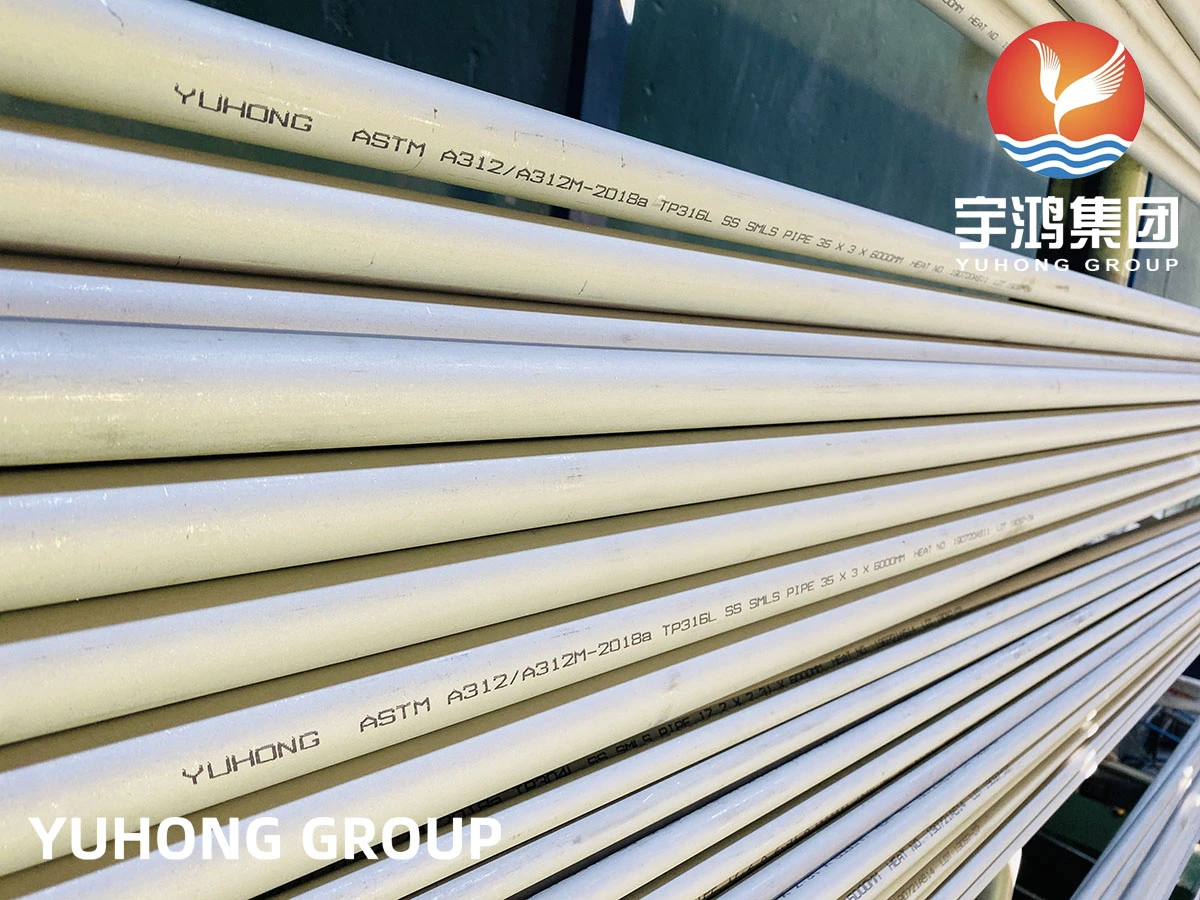
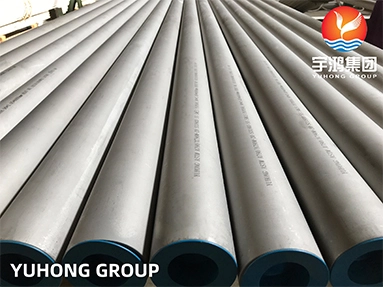
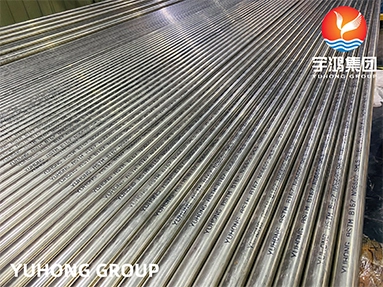
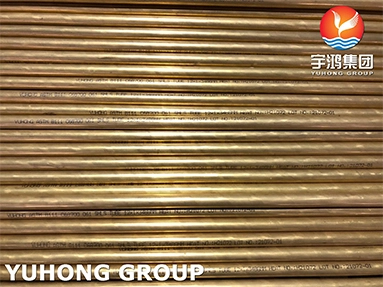
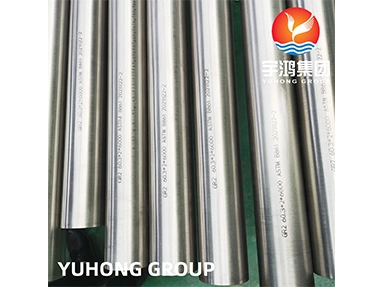
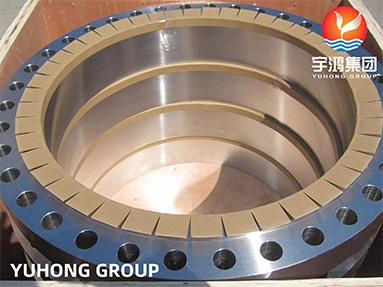
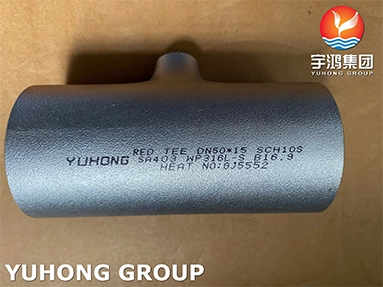
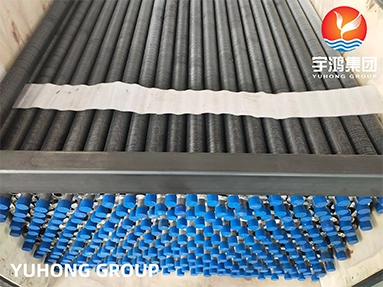
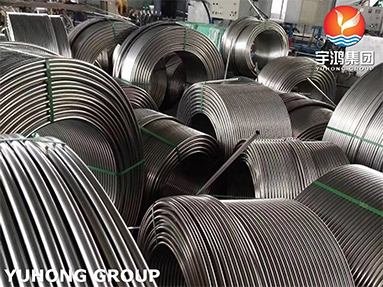


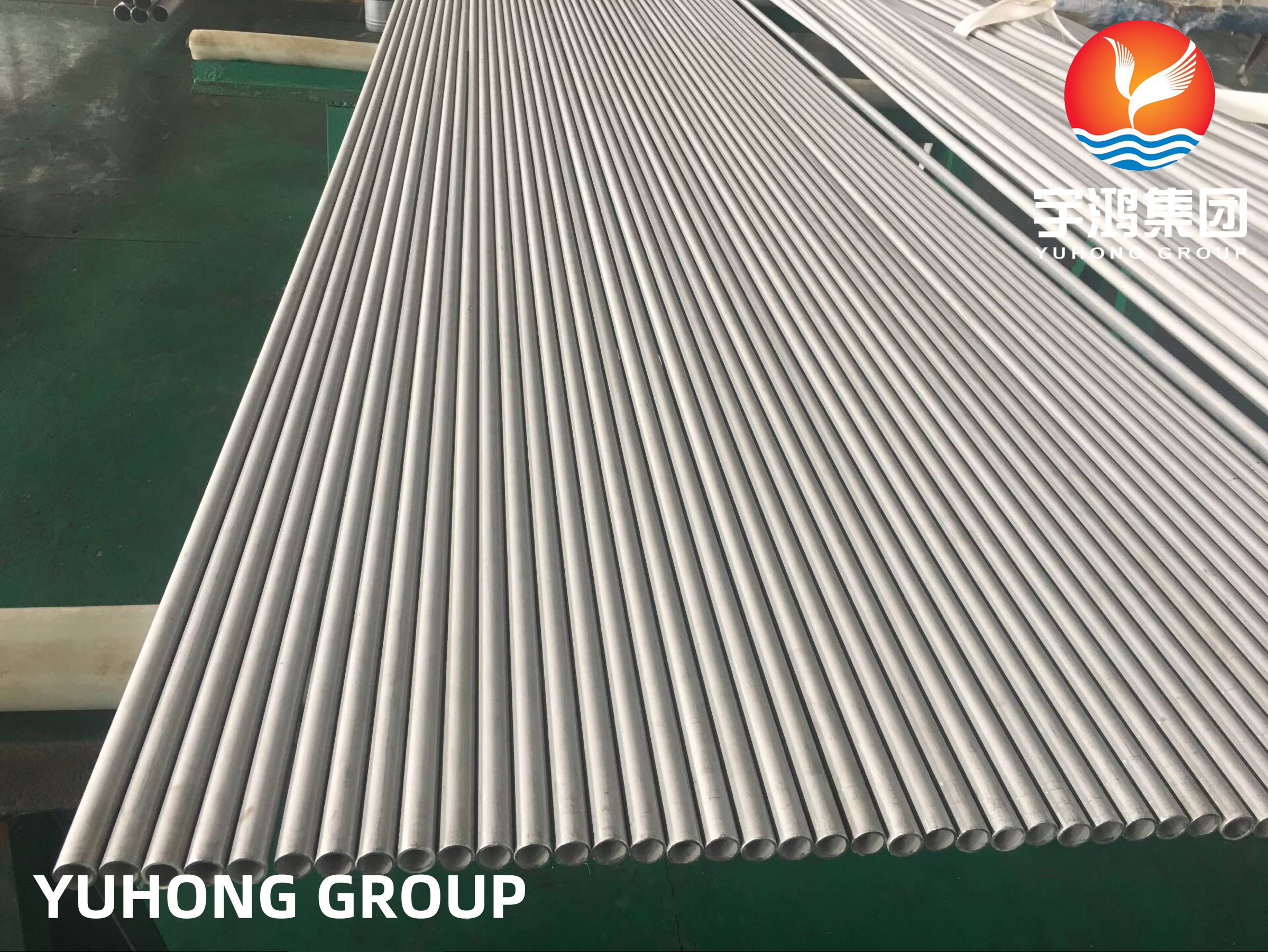
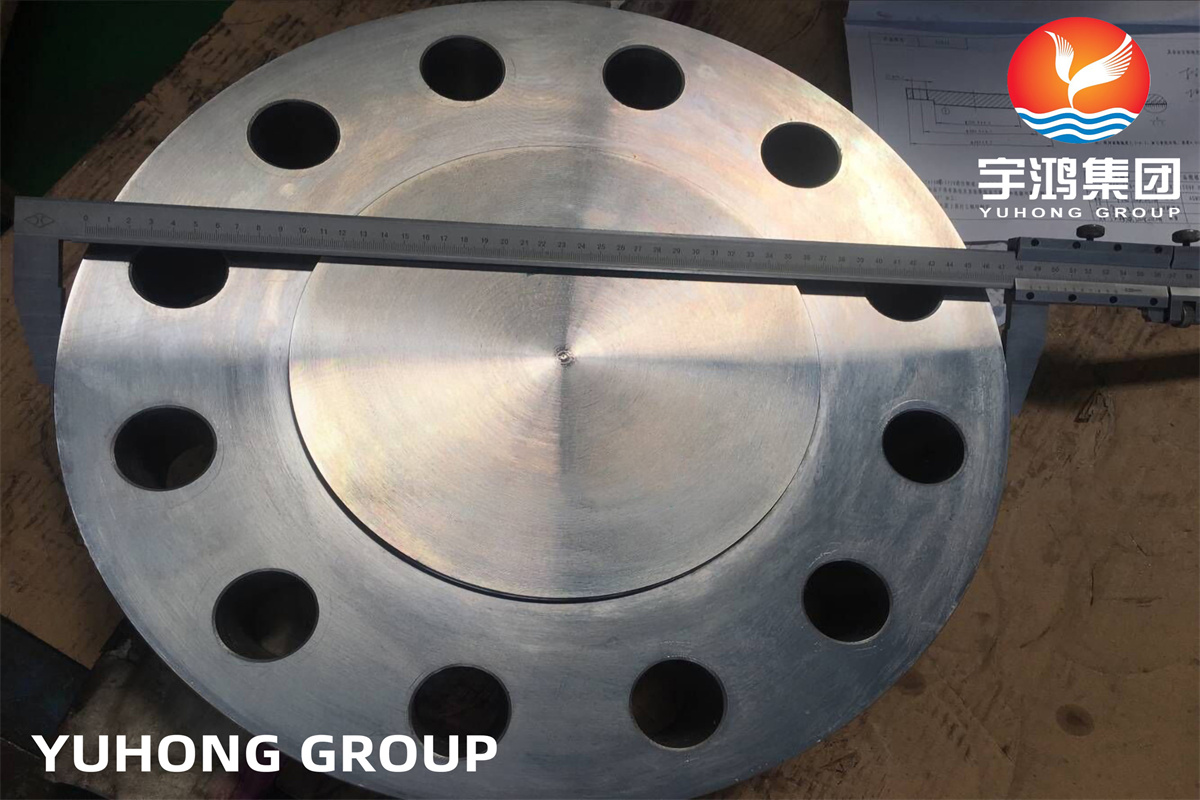
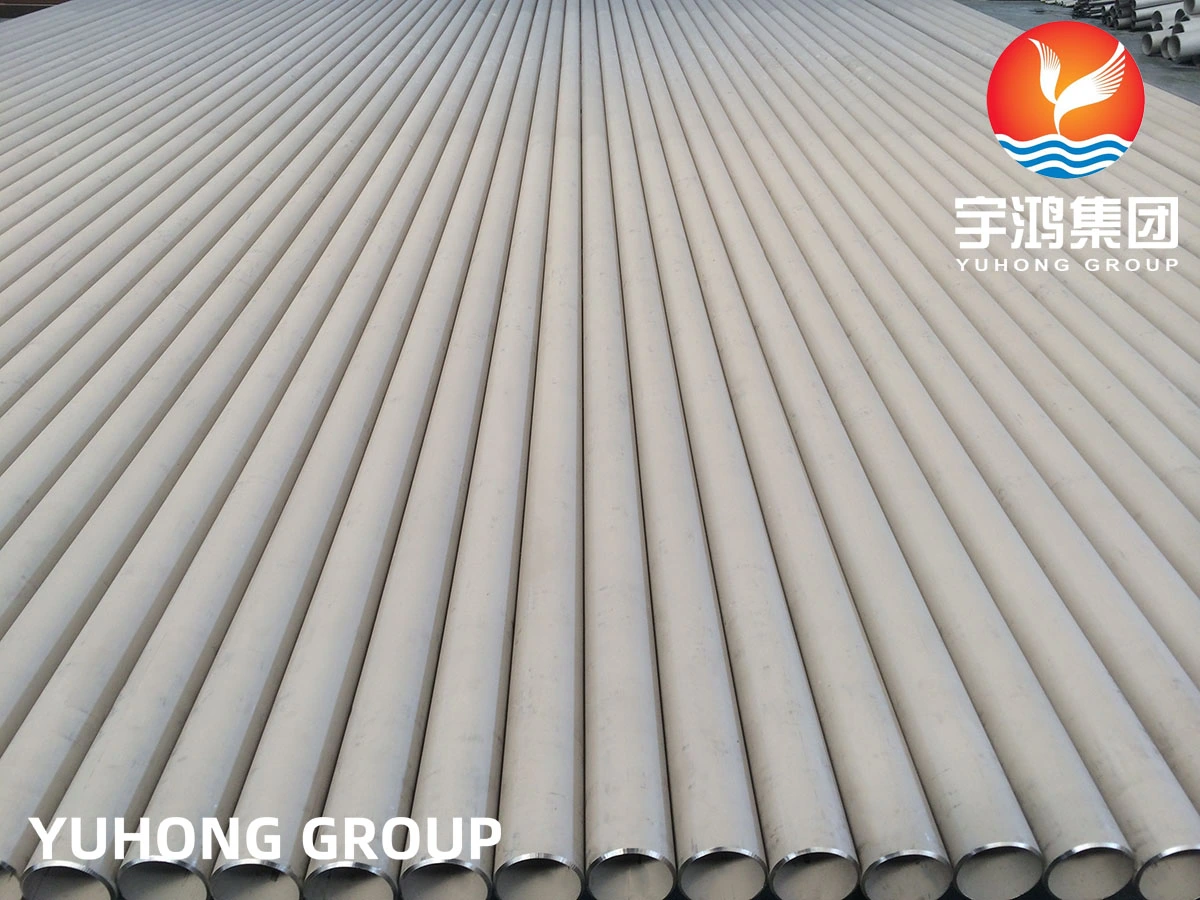
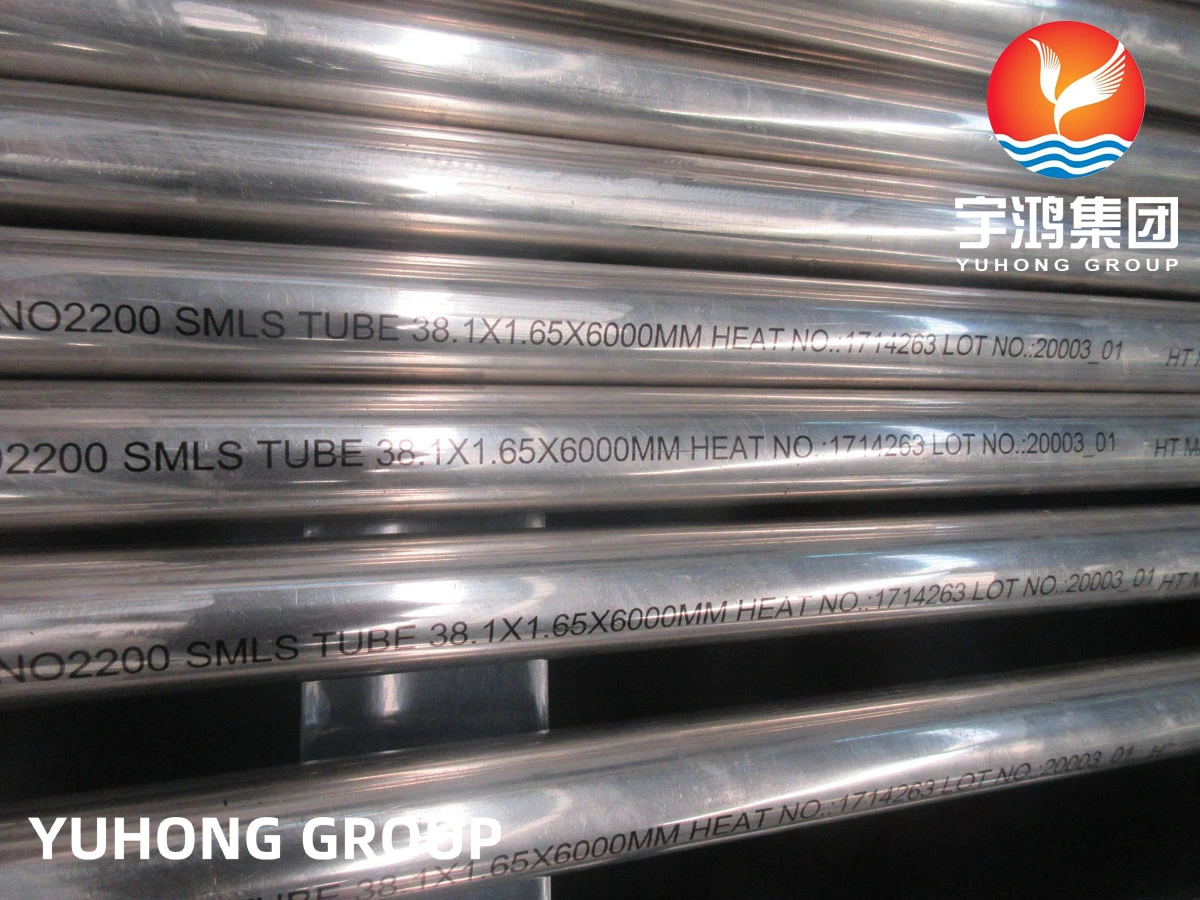
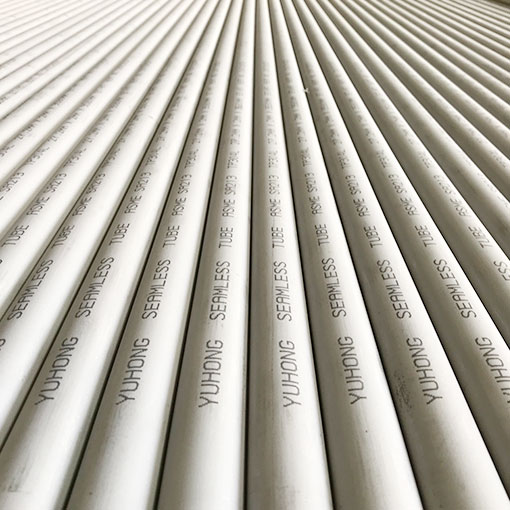
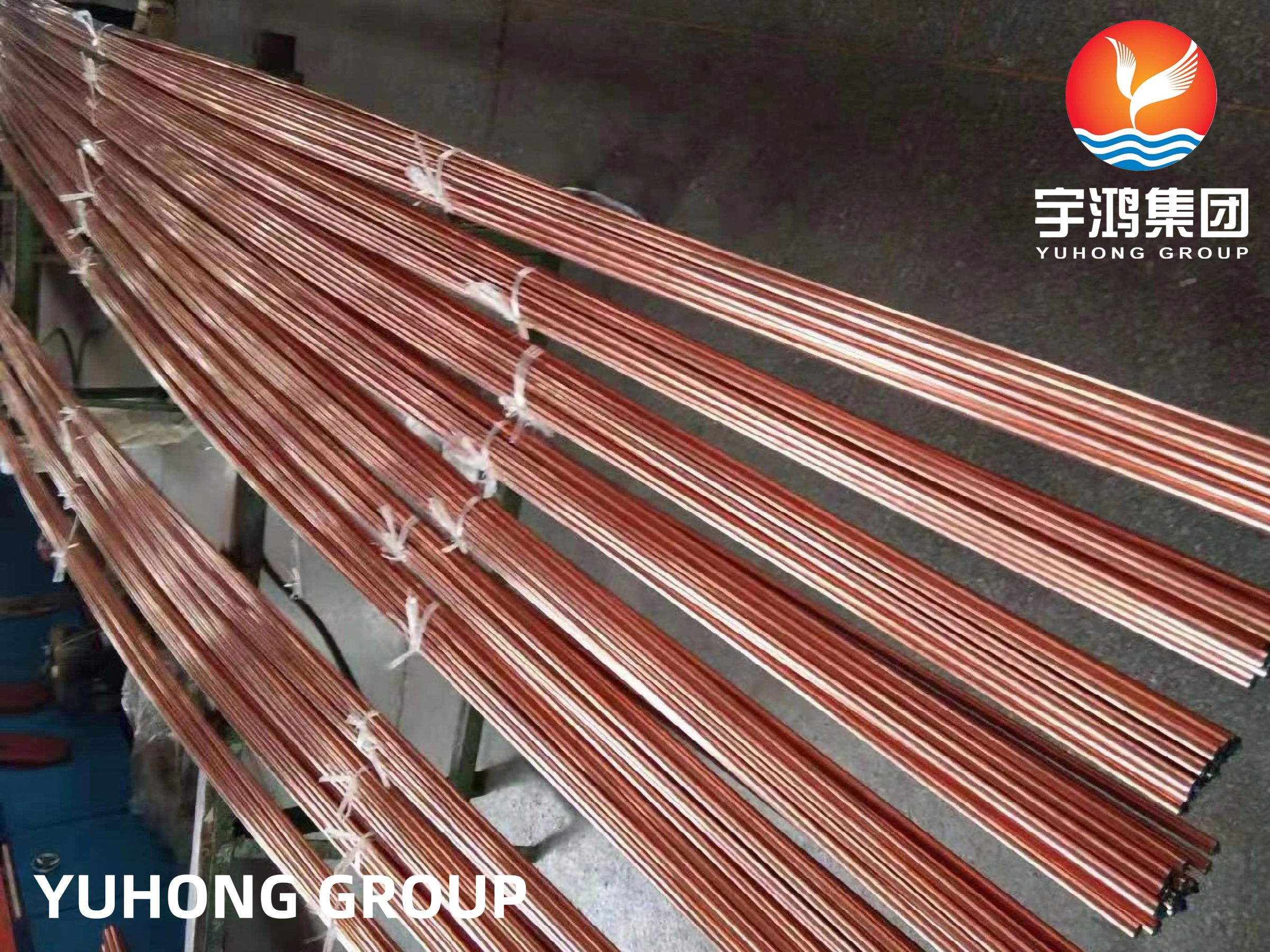
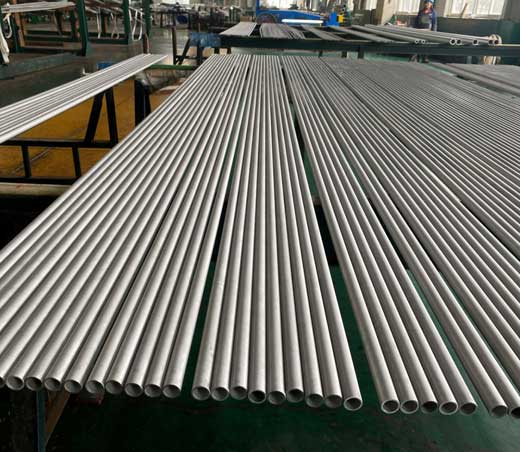
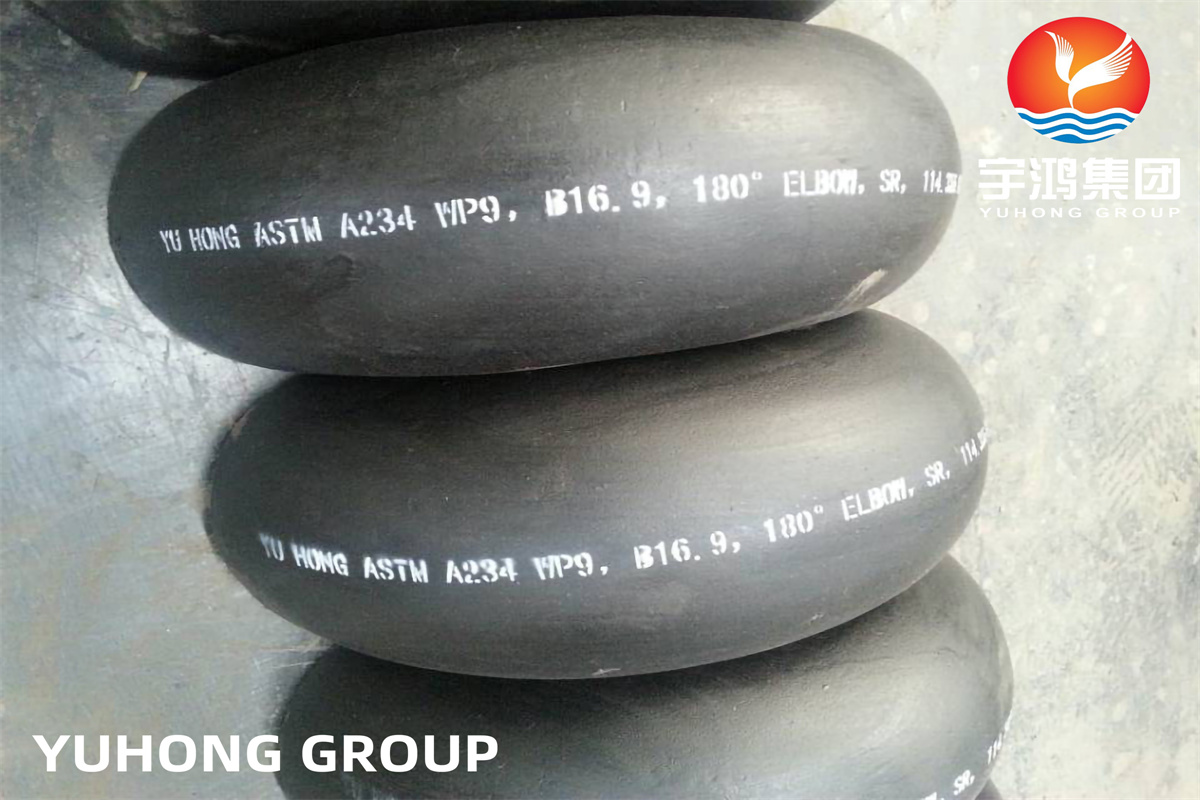
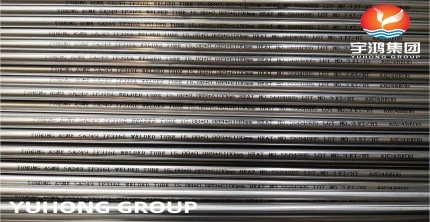
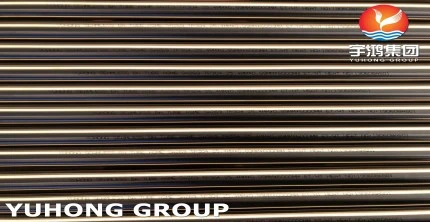
_副本.webp)